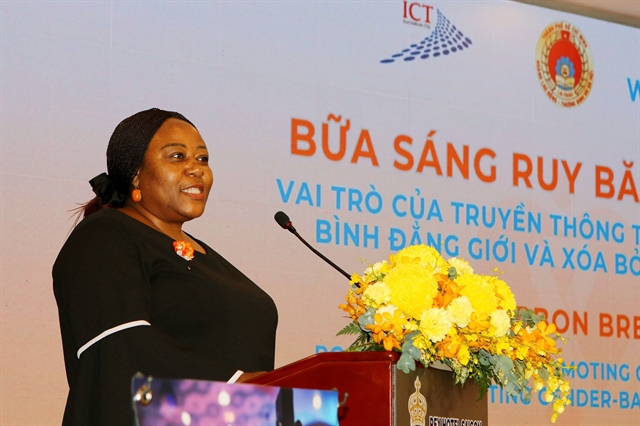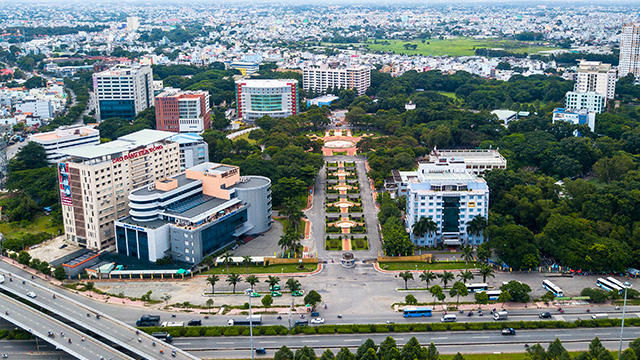 Opinion
Opinion


|
| Võ Quang Lâm. — Photo tuoitre.vn |
How many electric tariffs will the Ministry of Industry and Trade introduce?
From 2011-2014, the electric tariffs were divided into seven scales. Then, in 2015 the electric tariffs were reduced to six scales with a hope to make them simpler. The scales were then from 0-50 kW; 51-100kW; 101-200 kW; 201-300 kW; 301-400 kW and from 400 kW upward.
According to the EVN, a key purpose of cutting down from seven scales down to six scales is to encourage people to save electricity and use it more efficiently. From its point of view, the EVN said the six tariff scales has already taken into consideration poor households. According to statistics, if in 2015, there were 4.5 million households using less than 50 kWh per month, then in 2018 that number dropped to 3.9 million. Also in the period under review, the number of households that used less than 100kWh dropped, while the number of households using more than 100 kWh rose greatly. On average, before 2018 each household used about 156 kWh, but in 2018 the figure jumped to 180 kWh – an increase of about 13 per cent.
Through these numbers, we can see people’s living conditions have improved considerably. Based on these facts, the EVN has come up with a few scenarios for the Ministry of Industry and Trade to consider changes in calculating the electricity tariffs. A key purpose for the changes this time is to make it simpler and let people monitor the amount of electricity their families use each month.
What are the foundations for the EVN to introduce the formula “the more electricity you use the more money you pay”?
As we all know fossil fuels are getting scarce and renewable energy is not fully developed in our country. Meanwhile, the demand for energy increases an average 10 per cent per year. This is why we should use energy more efficiently. The Government has set a target that from 2019-2025, we should reduce our total consumption of electricity from 5-7 per cent and from 8-10 per cent from 2019-2030.
All in all, the EVN has encouraged all Vietnamese to use electricity more efficiently and be more thrifty.
What measures will the EVN apply to make the electricity market more competitive, including the retail market?
According to a development roadmap, the retail electricity market will be separated from the electricity distribution network after 2020 when the retail electricity market is established.
To prepare for the retail electricity market, the EVN has prepared a proposal to separate the electricity distribution sector from the electricity retail sector in the EVN.
Then from 2021 onward, we’ll start to establish a competitive market in the retail electricity market so that consumers will have their own choice of which electricity company to buy power from.
When the retailed electricity market is established, do you think the electricity tariff will drop?
Since 2017, the EVN has already separated the management cost between the distribution network and the retail market business within the EVN. At the same time, we have prepared for the launch of a retail electricity market. If all things go smoothly, we expect that in July, we will submit our detail plan to the MoIT. VNS









